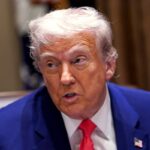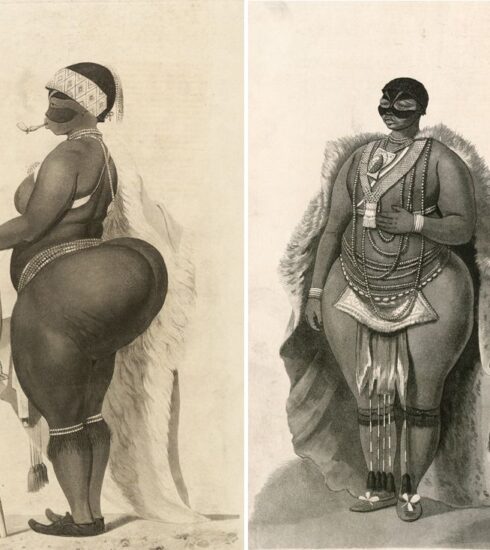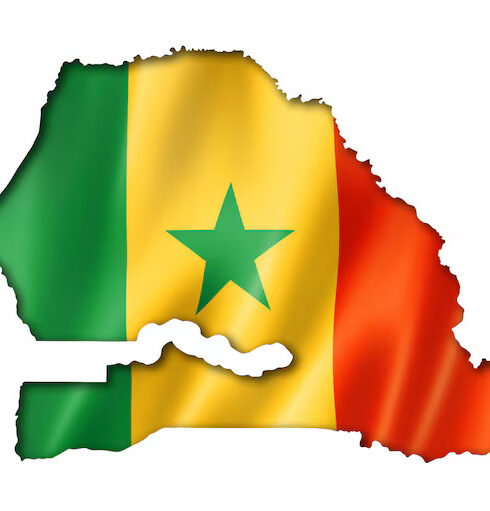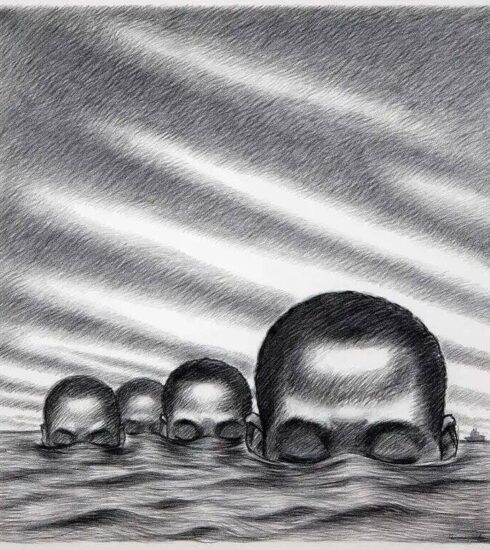Spotlight on DR Congo
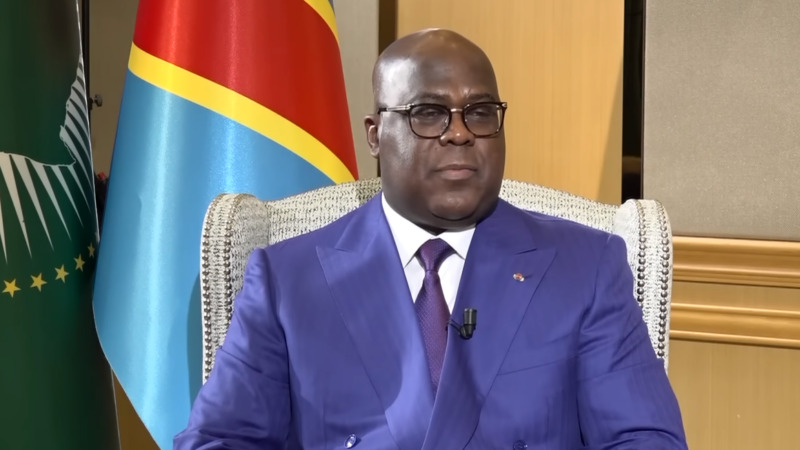
DR Congo President Félix Tshisekedi. Credit:BBC
Democratic Republic of the Congo (DRC), officially known as the Democratic Republic of the Congo is a country located in Central Africa and has a 25-mile (40-km) coastline on the Atlantic Ocean but is otherwise landlocked. By land area, it is the second-largest country in Africa (Algeria is the largest) and the 11th-largest in the world. With a population of around 112 million, the DR Congo is the most populous nominally Francophone country in the world. French is the official and most widely spoken language, though there are over 200 indigenous languages.
The national capital and largest city is Kinshasa, which serves as the country’s official administrative, economic, and cultural center. The country is bordered by the Republic of the Congo, the Cabinda exclave of Angola, and the South Atlantic Ocean to the west; the Central African Republic and South Sudan to the north; Uganda, Rwanda, Burundi, and Tanzania (across Lake Tanganyika) to the east; and Zambia and Angola to the south. Centered on the Congo Basin, most of the country’s terrain is covered by dense rainforests and is crossed by many rivers, while the east and southeast are mountainous.
The country is often referred to by its acronym, the DRC, or called Congo (Kinshasa), with the capital added parenthetically, to distinguish it from the other Congo republic, which is officially called the Republic of the Congo and is often referred to as Congo (Brazzaville).
Congo gained independence from Belgium in 1960. From 1971 to 1997 the country was officially the Republic of Zaire, a change made by then ruler Gen. Mobutu Sese Seko to give the country what he thought was a more authentic African name. “Zaire” is a variation of a term meaning “great river” in local African languages; like the country’s current name, it refers to the Congo River, which drains a large basin that lies mostly in the republic. Unlike Zaire, however, the name Congo has origins in the colonial period, when Europeans identified the river with the kingdom of the Kongo people, who live near its mouth. Following the overthrow of Mobutu in 1997, the country’s name prior to 1971, the Democratic Republic of the Congo, was reinstated. Congo subsequently was plunged into a devastating civil war; the conflict officially ended in 2003, although fighting continued in the eastern part of the country.
Congo is rich in natural resources. It boasts vast deposits of industrial diamonds, cobalt, and copper; one of the largest forest reserves in Africa; and significant hydroelectric potential.
Holidays celebrated in Congo include Commemoration of the Martyrs of Independence, observed on January 4; Labor Day and National Liberation Day, celebrated on May 1 and May 17, respectively; Independence Day, celebrated on June 30; Parents’ Day, celebrated on August 1; Youth Day, observed on October 14; Army Day and the Anniversary of the Second Republic, observed on November 17 and November 24, respectively; and Christmas, celebrated on December 25.
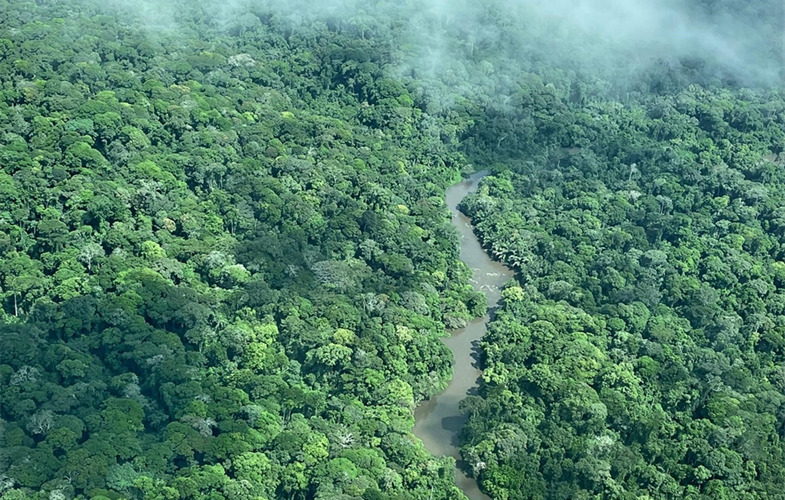
The cities, especially Kinshasa, are the greatest creators, propagators, and promoters of national cultural life and arts. The Academy of Fine Arts in Kinshasa offers training programs in painting, sculpture, carving, architecture, and ceramics. The National Institute of the Arts offers training in classical as well as traditional music and drama. Congolese authors write poetry, plays, and novels in French, Lingala, or local languages.
There are museums and public libraries in most large cities, with national museums in Kananga, Mbandaka, and Lubumbashi. The capital city houses the national archives and the National Theatrical Troupe. There are libraries at each of the universities as well.
Democratic Republic of Congo has a number of unique tourist opportunities including wildlife reserves, indigenous cultures and geological wonders not found easily or anywhere else in Africa. Twelve percent of the country is made up of protected areas including 7 national parks and 57 reserve areas with great ecotourism potential.
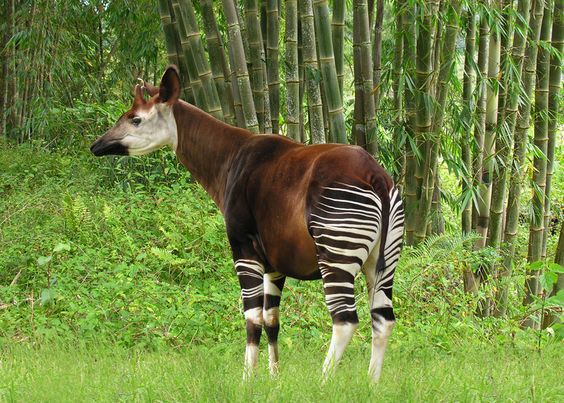
Found only in the rainforests of Congo, the okapi was unknown to science until 1901. Credit:Wikipedia
However, many existing tourist facilities are in poor condition because of lack of proper maintenance. Democratic Republic of Congo has four endemic species including Mountain Gorillas, Okapi, Bonobos and Congolese peacocks. The country has a unique variety of species in its ecosystem covering almost 145 million hectares.
Congolese food is heavily influenced by French and their Belgium colonizers. Mayonnaise is a favourite of the locals in the urban centers and can be mixed with peas, manioc, meat, fish, salads and chili pepper. Other readily available foods include roast chicken, roast goat and beef brochette, capitaine and the locally bred chicken with peanut source also known as poulet a la mwambe.
There are many high-end restaurants in Lubumbashi, Kisangani, Bukavu and Kinshasa offering both local food and international cuisines. A large expatriate community consisting of aid workers and UN employees in the cities means one can also find restaurants serving Indian, Lebanese, Chinese and other continental dishes.
